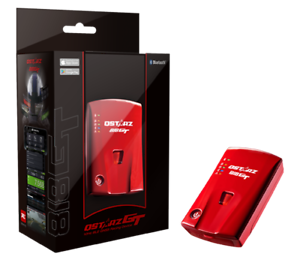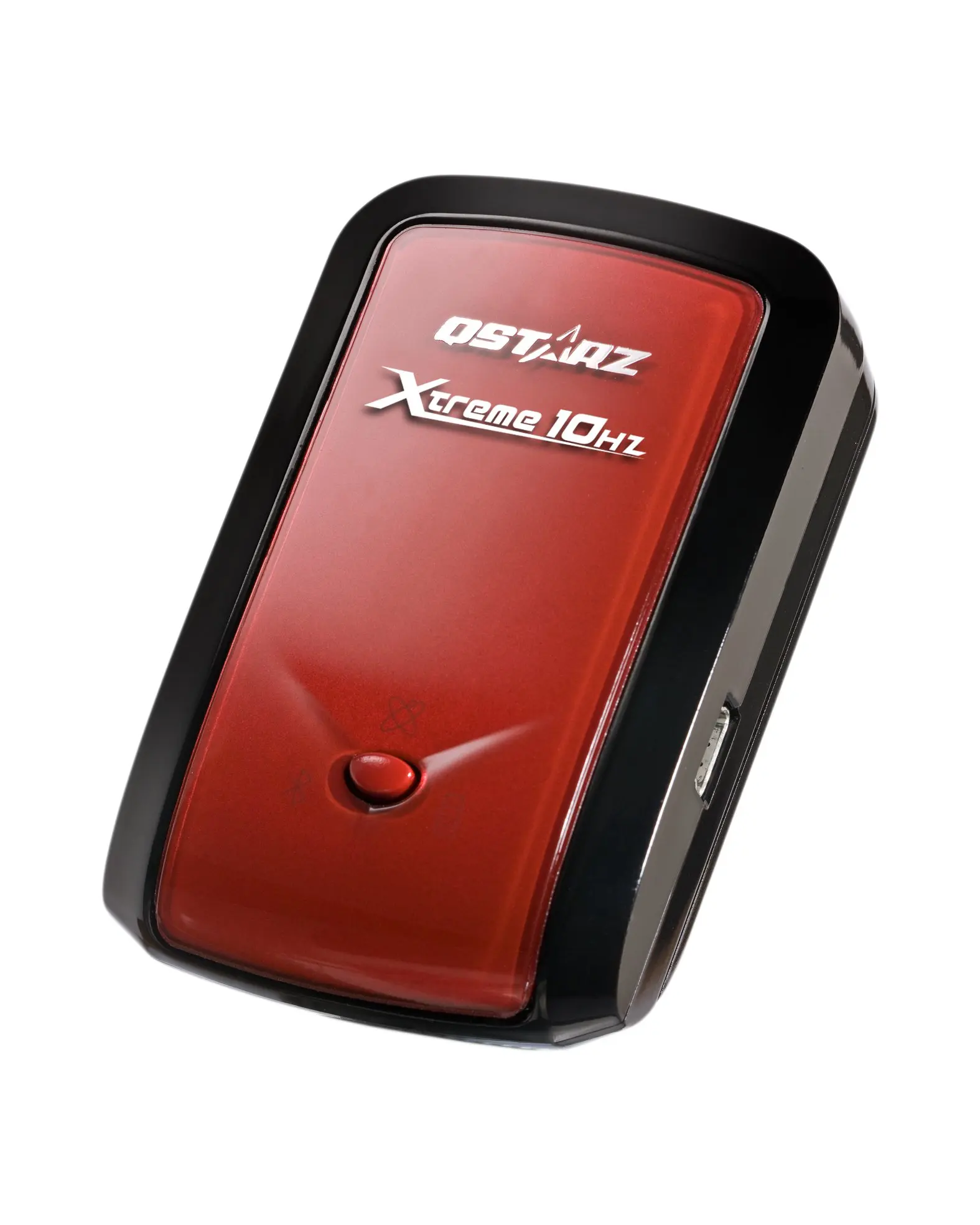
- #BT ANDROID RECEIVER GPS 10HZ SERIAL#
- #BT ANDROID RECEIVER GPS 10HZ DRIVERS#
- #BT ANDROID RECEIVER GPS 10HZ ANDROID#
- #BT ANDROID RECEIVER GPS 10HZ SOFTWARE#
#BT ANDROID RECEIVER GPS 10HZ ANDROID#
The WAAS receiver is compatible with both GPS (USA) and GLONASS (Russia) systems and it connects via Bluetooth to up to 5 Apple or Android devices.
#BT ANDROID RECEIVER GPS 10HZ DRIVERS#
Print("Got a weird response length: hz, not sure what went wrong?".Receptor de GPS SkyPro XGPS160 GPS Receiver Meet the SkyPro - a brand new GPS Receiver with fast signal acquisition and 10Hz positioning updates, making it an ideal GPS for pilots, race car drivers and other fast moving applications. Print "No response yet, resending request." # Try sending the request again every 10 seconds # The key message contents are the first two bytes, which are the measure rate # It will be formatted just like above, except with message contents # Look for the result to see what the rate is # Message has no contents (because we're polling for rate) # by sending an empty "poll rate settings" message # Poll the GPS unit for navigation rate settings # Function to return the current refresh rate Ser = serial.Serial(serialName, timeout=1.0)
#BT ANDROID RECEIVER GPS 10HZ SERIAL#
SerialName = raw_input("What serial device? (Example: /dev/rfcomm0): ") # u-blox provides documentation on their protocol that is used below You need the “pyserial” module as well, available in pip.

Also, you really just need to set the bytes in the file in the order presented, so it should be easy to adapt to something else. If you open the right port, it should work on OSX or Windows also. The script is designed to run on Linux with a serial port at /dev/something. It will attempt to save the configuration to Battery Backed Ram, EEPROM, and Flash, so it should work with any of the possible chip setups. It *appears* to work, but obviously use this code at your own risk. This all annoyed me though, so I recorded what was sent and came up with a script to set the GPS to 10hz and save it. I went back in Ubuntu and used socat to proxy the serial port to TCP, then used a Windows VM with u-center on it to connect with TCP and make the change. Using the Python script to set it to 10hzĪs I mentioned, I was having problems getting windows to connect properly. You should now be ready to hook it up to your phone. Make sure the radio button is on “Save current configuration” and all the Devices are selected as pictured. Scroll up in the left hand pane to “CFG (Configuration)”. Which one depends on your chip, but you should be able to select all 4 options, and it should work either way. It’s really saving to EEPROM or flash that matters. The above set the new rate temporarily, but we want to save it to EEPROM or flash, and battery-backed RAM so it stays this way permanently. Now you need u-blox u-center: It is free to use.Ĭlick “send” to save the config, ensuring you’re saving to all possible devices Once you’re done, you may get a pop-up in the system trya that a new com port was added. If you search for devices, you should see HC-06 in the menu. Doing this depends on your version of windows, just google it. On a Windows computer with bluetooth, add a new bluetooth device. The bluetooth module will blink red meaning it isn’t connected to anything. The GPS module will blink as it acquires signal. The first thing to do is power up the fully assembled device.
#BT ANDROID RECEIVER GPS 10HZ SOFTWARE#
It can be permanently set to 10hz with a one-time software change using a Windows laptop over Bluetooth.

It’s capable of 10hz, however, which is the whole point of this. The GPS module unfortunately defaults to a 1hz sample rate, meaning it reports the GPS location once per second. Long story short, I figured out what u-center is sending and wrote up a python script that uses pyserial to do the same thing.

Note: Apparently Windows doesn’t support bluetooth serial ports very well.


 0 kommentar(er)
0 kommentar(er)
